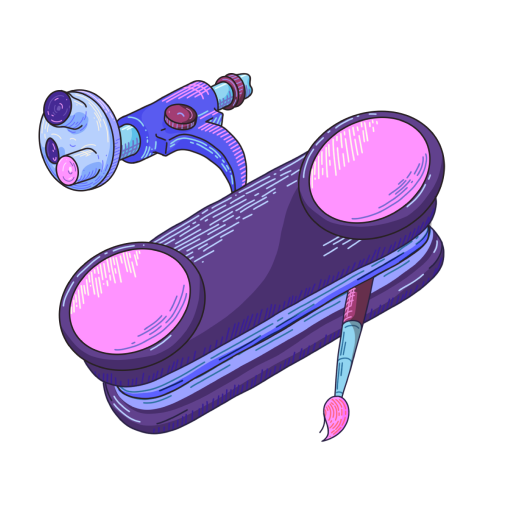Shiva and
parvati
you can touch the artefact here
you can touch the artefact here
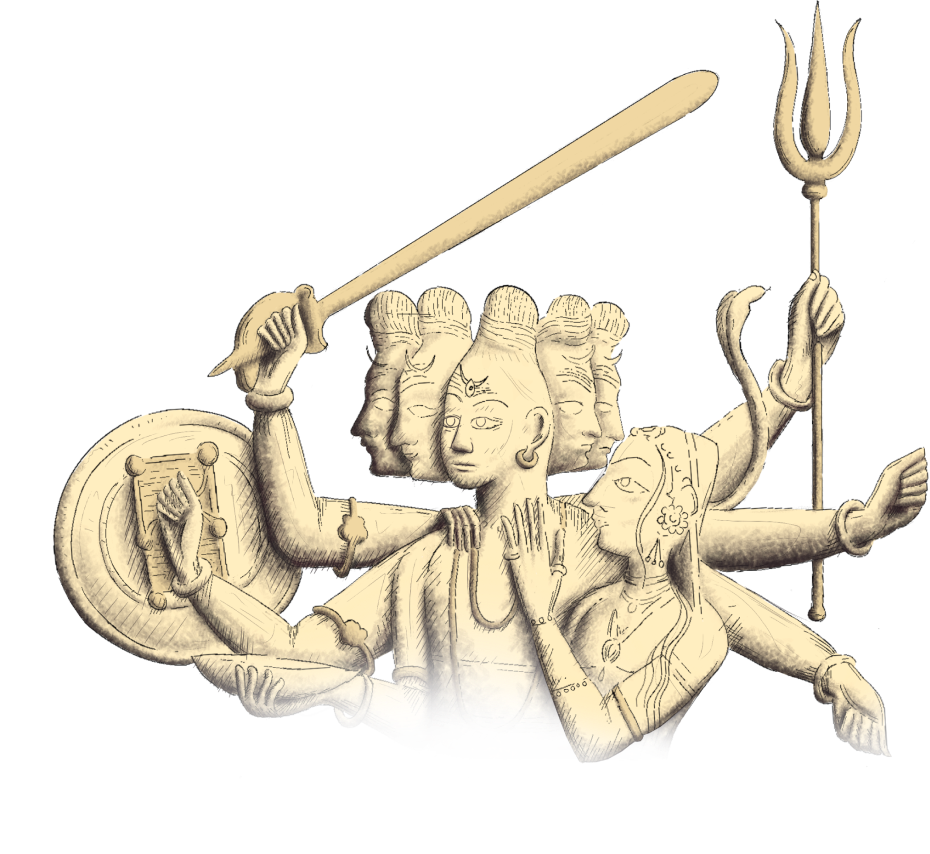
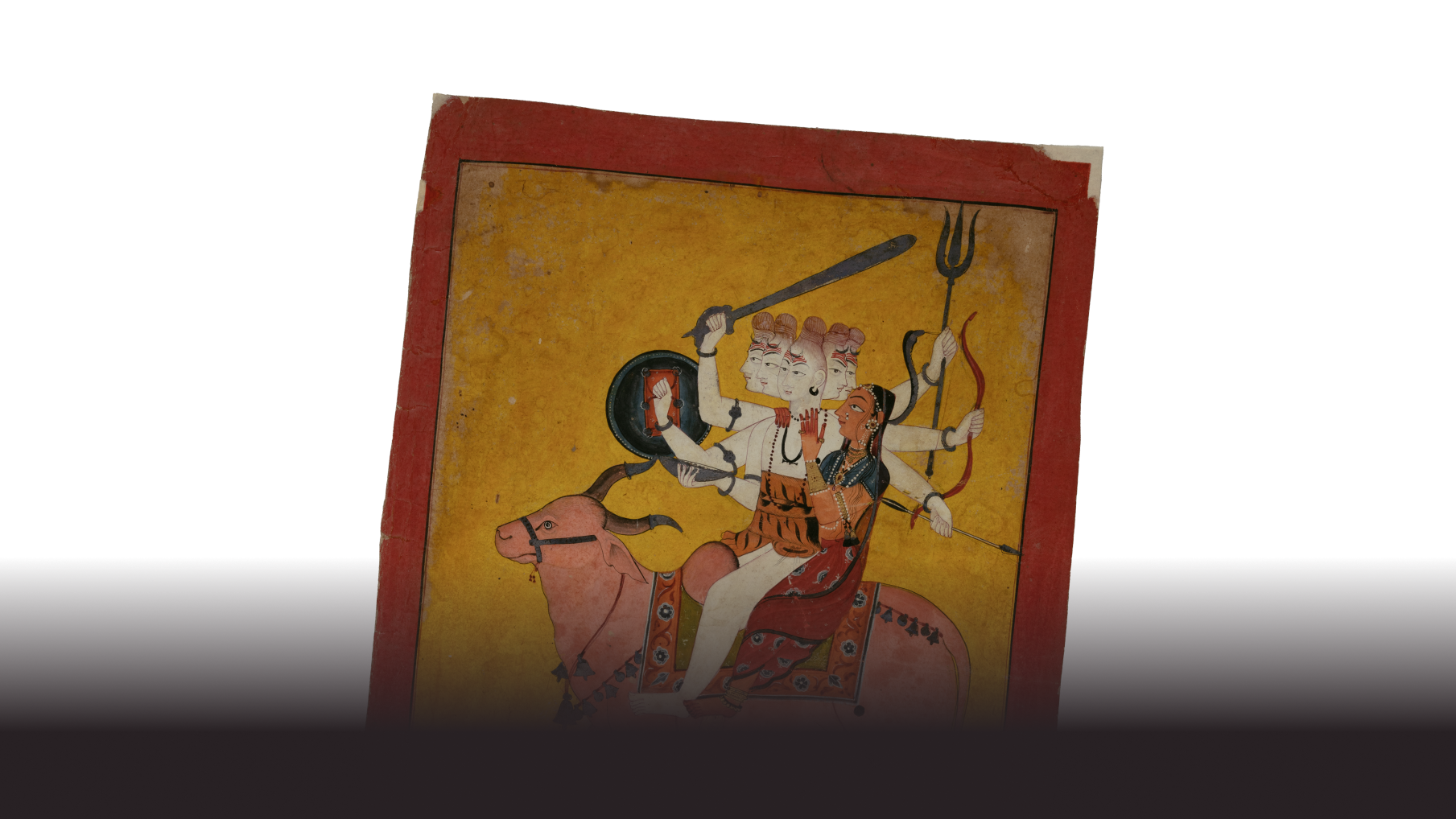
Is an Indian Miniature Painting of two Hindu gods, Shiva and Parvati, sitting on their vahana (vehicle), the Nandi.
-
What am I looking at?
An Indian Miniature painting of Hindu gods, hand painted using natural colours.
-
Where is this painting from?
This miniature painting is from Basohli, Jammu and Kashmir.
-
How old is this painting?
This painting was made in the 18th century CE, and thus is over 300 years old!
-
How big is this painting and what is it made of?
This painting is 22 x 16.2 cm in size. It is made on paper, using gum-tempera painting.
KNOW MORE
-
1
Ultraviolet light reveals the Indian Yellow
-
2
Infra-red imaging reveals several sketches made before.
-
3
Repair work on the Wasli base
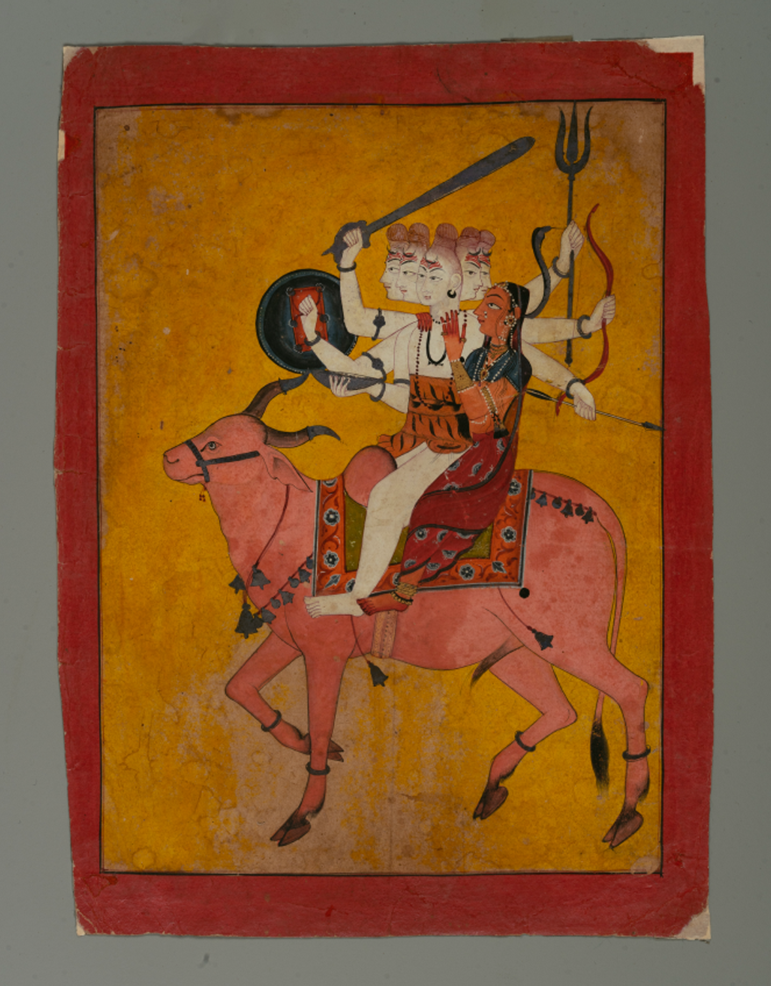

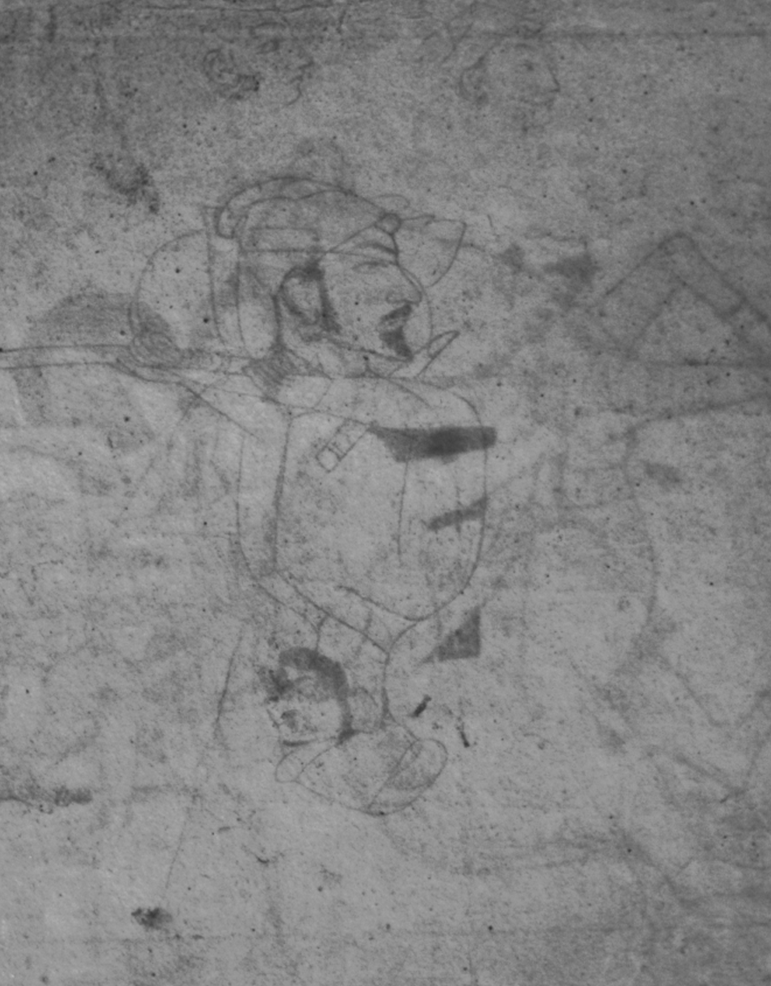
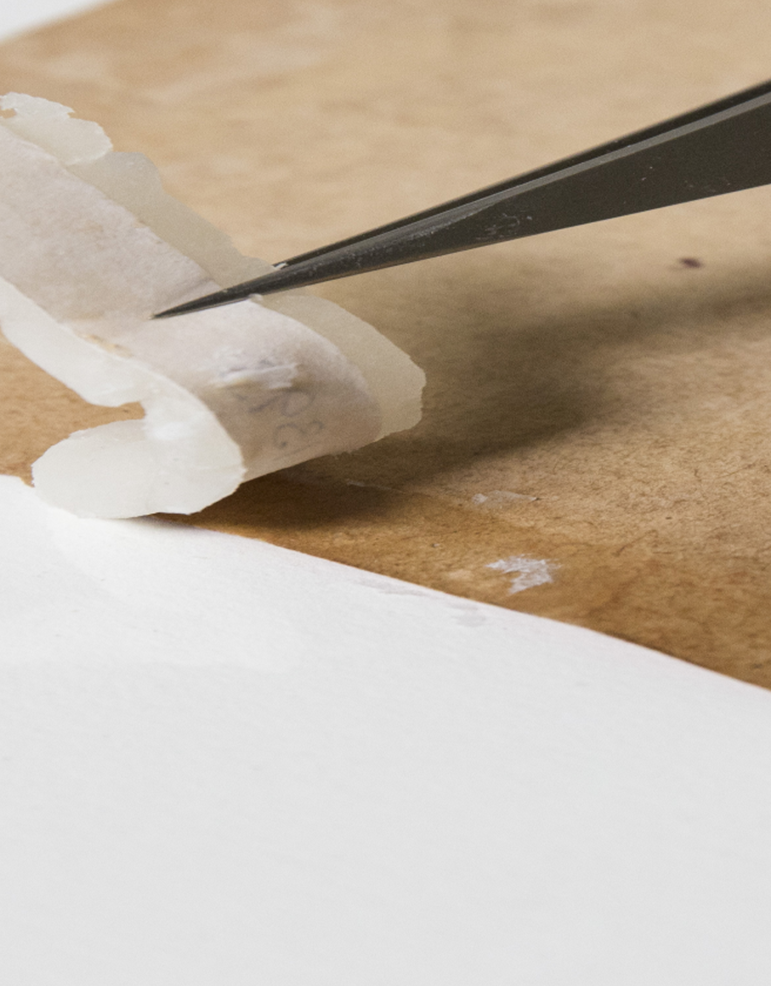
These techniques repair, or keep the paintings safe from future damage.
Before a conservator begins any repair work, he examines the painting. One way to do it is to see it under ultraviolet light.
Another technique used by conservators is called infra-red imaging. It allows us to see the drawings or changes made by the artist before rubbing it off.
Hidden Fact
Under ultraviolet light, the colours will fluoresce (glow) differently, which helps identify any double coats or corrections done later. For example, see how the yellows all glow differently? The bright yellow fluorescence is typical of a pigment known as Indian yellow. infra-red imaging revealed several sketches of probably a king made by the artist before the painting was changed and colours were filled in.
And
did you
know...

India
Miniature paintings thrived all over India through various ‘schools’ of artists. Pala, Jaina, Mughal, Rajasthani, Odisha, Pahari, Deccan are all different schools that developed their own unique miniature painting style. There are several sub schools within each of these areas as well.











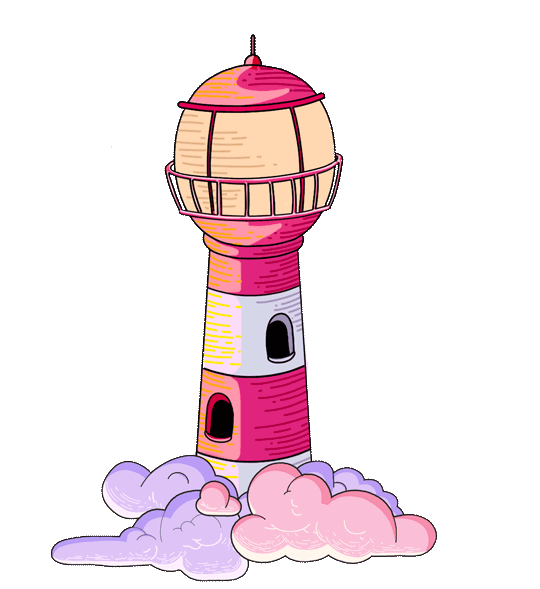

India
Miniature paintings thrived all over India through various ‘schools’ of artists. Pala, Jaina, Mughal, Rajasthani, Odisha, Pahari, Deccan are all different schools that developed their own unique miniature painting style. There are several sub schools within each of these areas as well.
where it came from
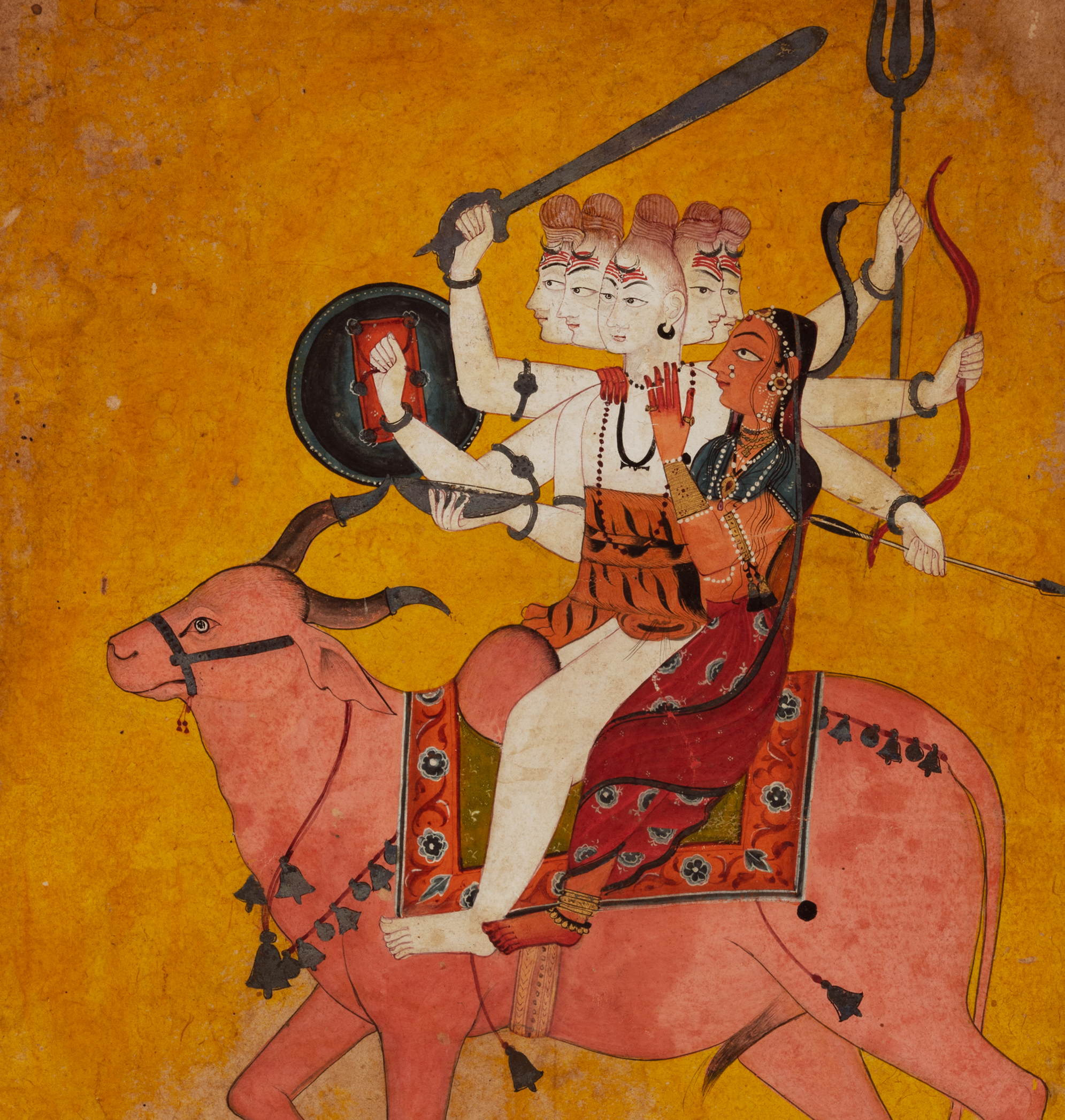
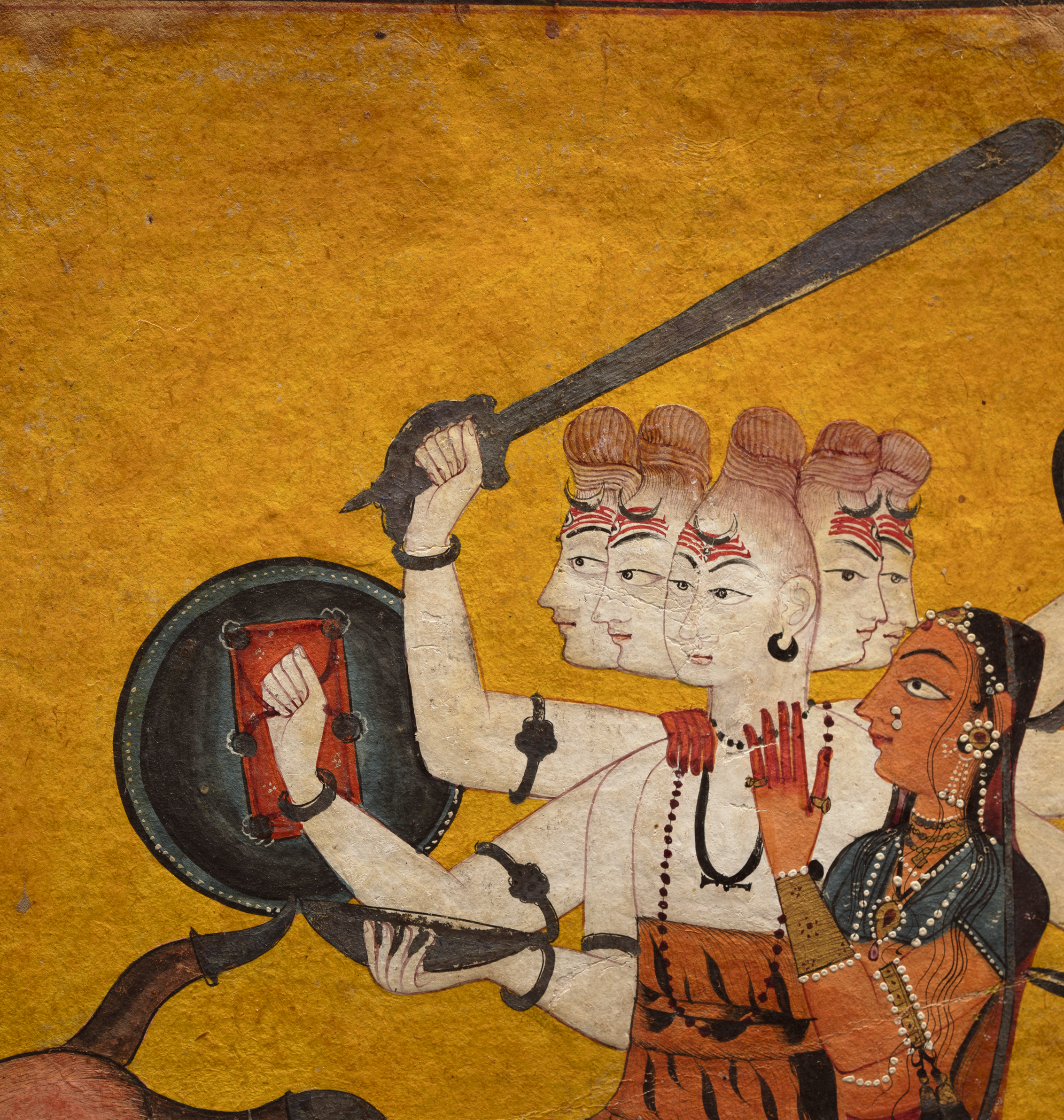
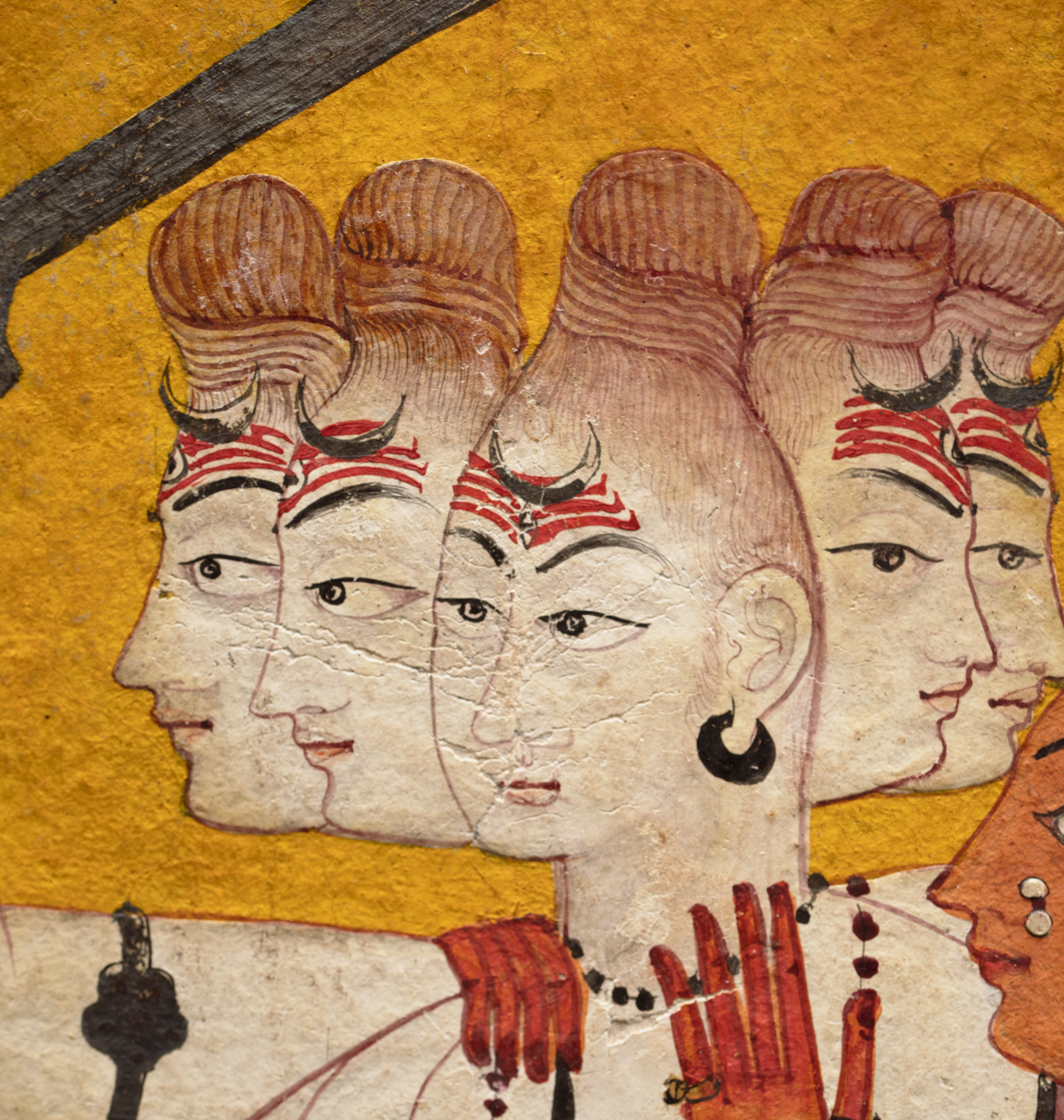
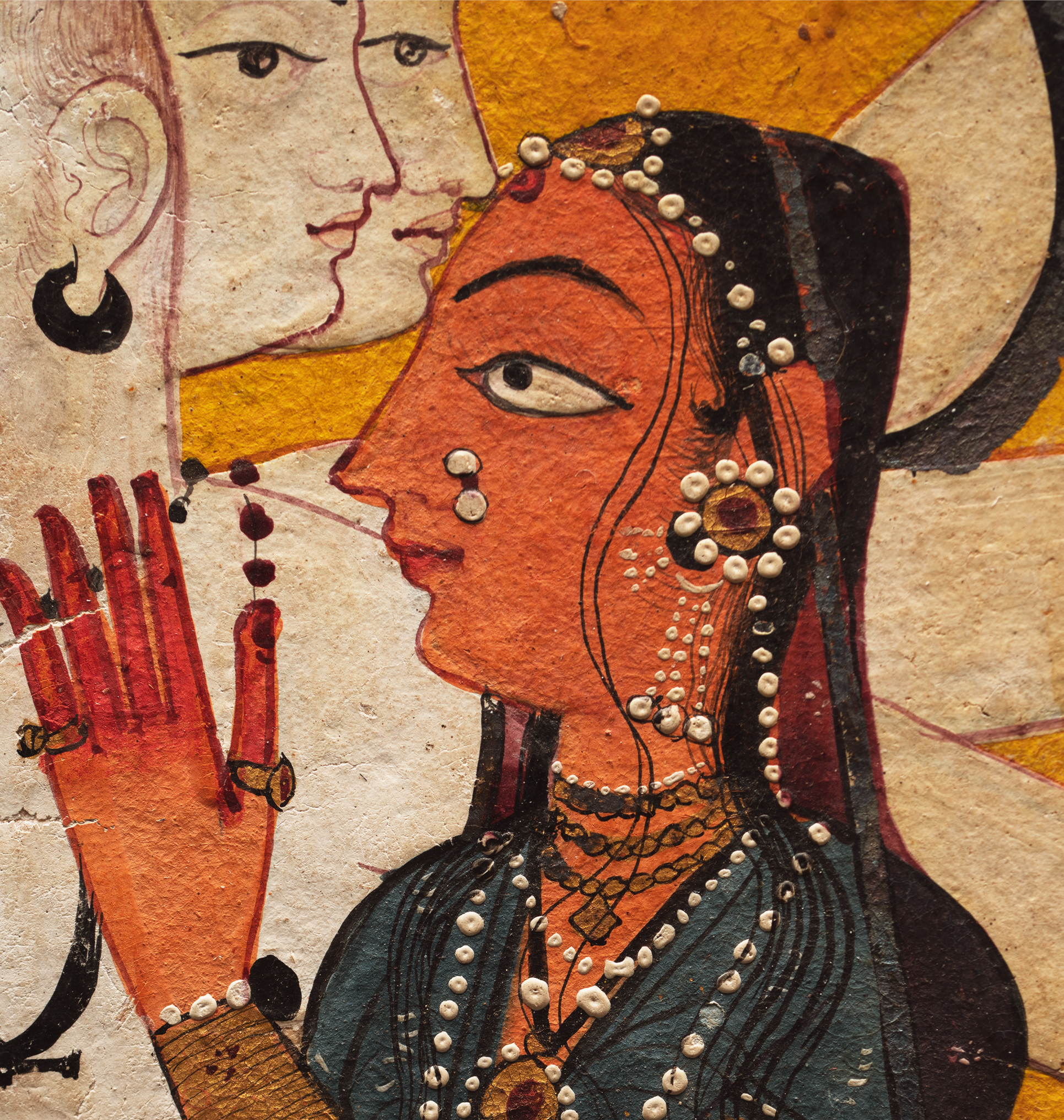
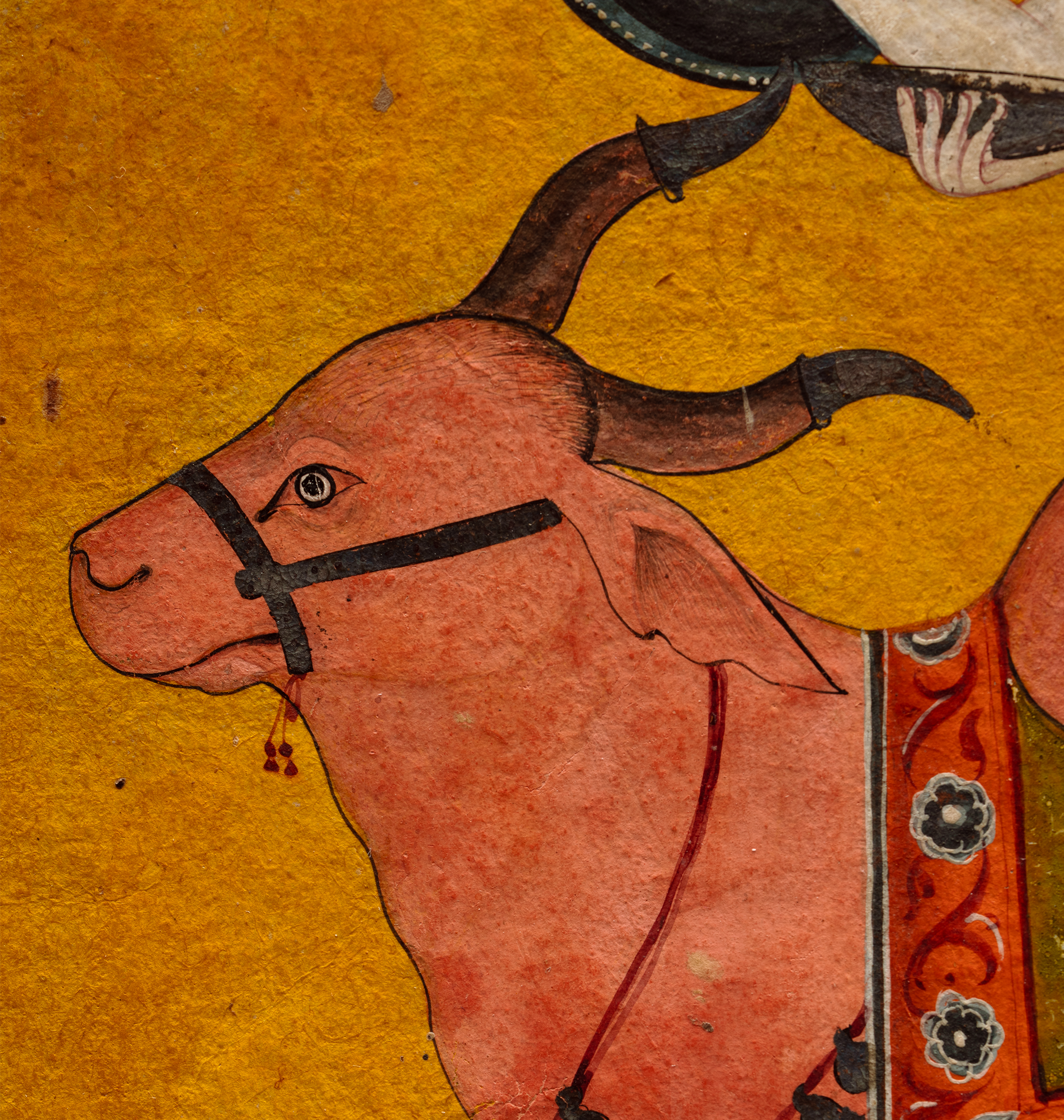
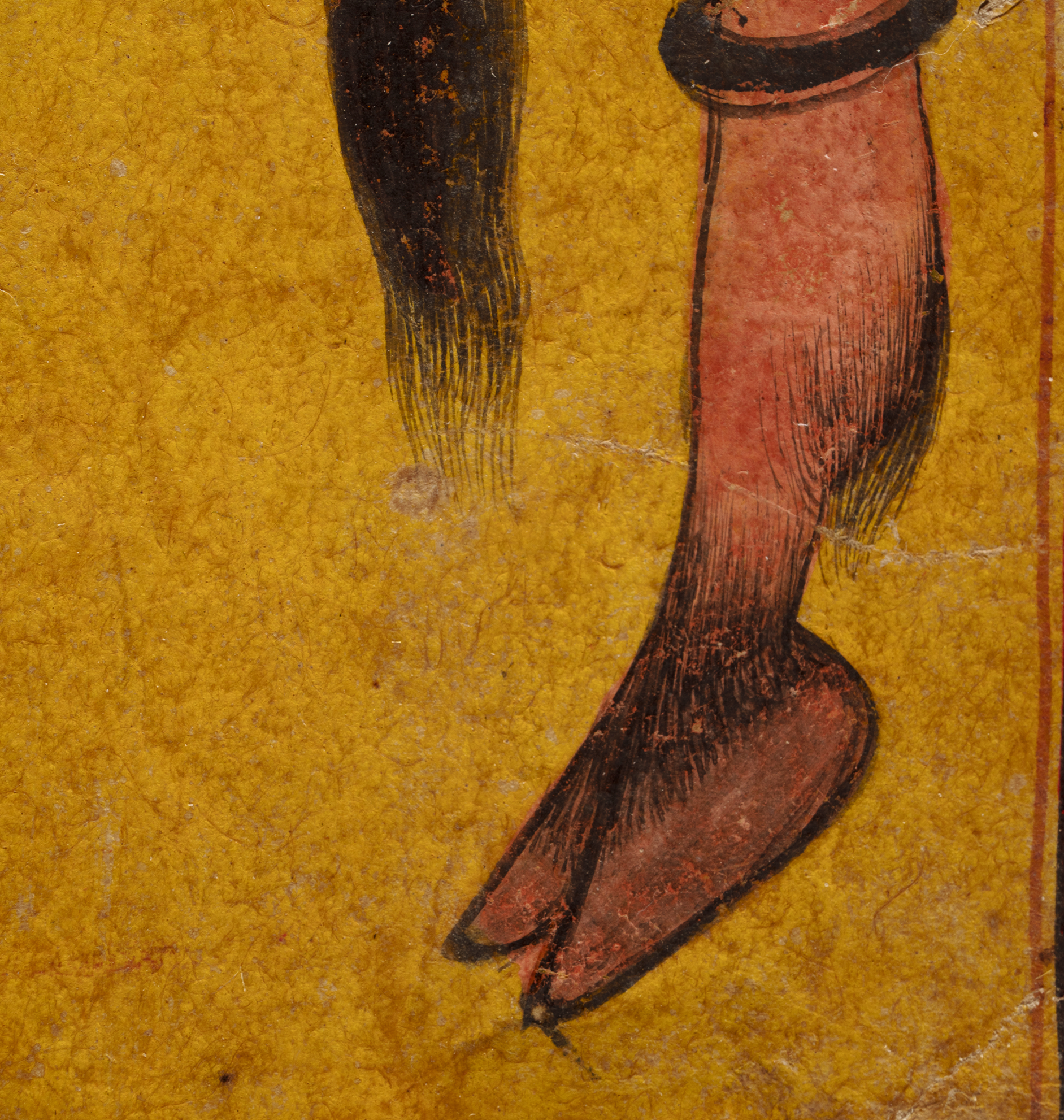
Miniature
Paintings
The process for creating a miniature differs from region to region and artist to artist.

SEE THE PROCESS HERE
click and drag to Continue reading
The general process began with the
Creation of Wasli,
The paper base, which is done by pasting several sheets of handmade paper together using a paste made from wheat starch.
Pasting a sheets of
handmade paper
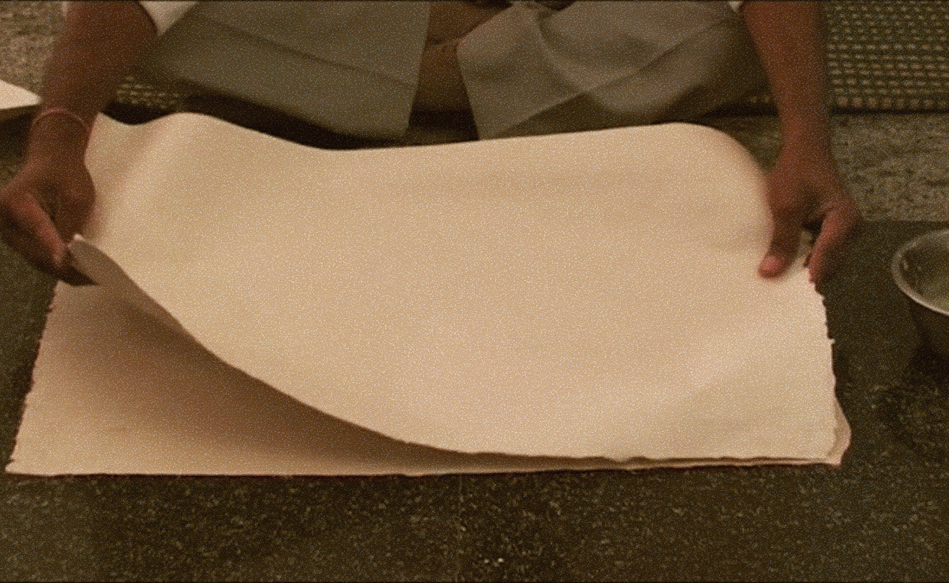
The first outlines of the painting were made using a brush or stencil. The paper was then burnished and smoothened with agate stone.
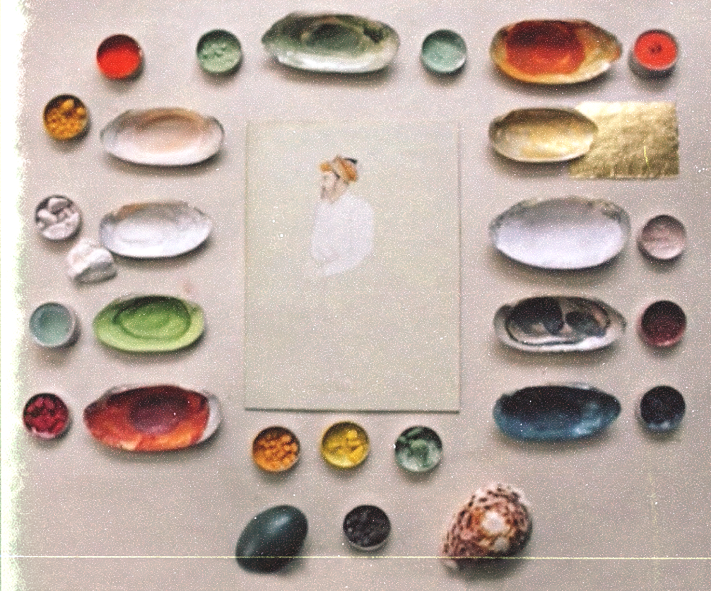
Paints and Tools of the artist
This was followed by applying two-three thin layers of paint, with the surface being burnished after each application of colour. Human figures were painted first, animal figures next and the background was filled in last. Once the colours were filled, details were added
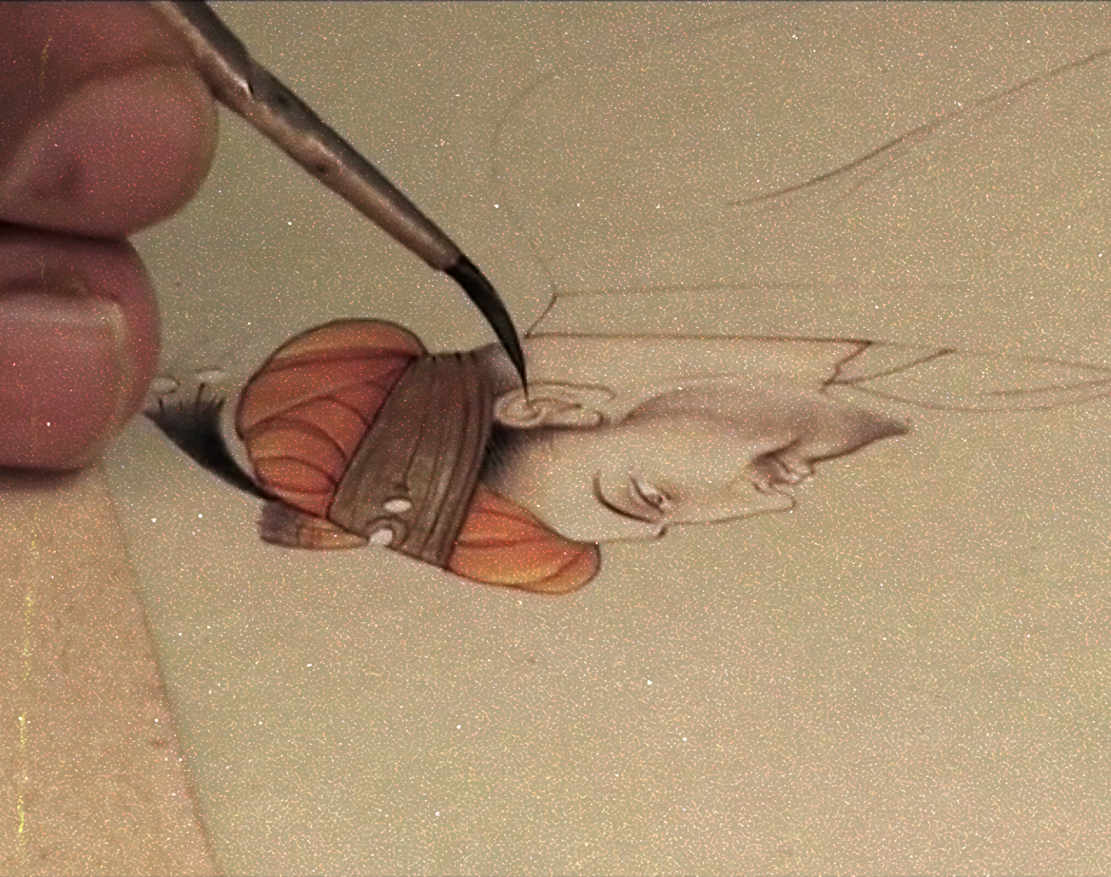
and outlines were
repainted using black paint.
ACTIVITY
Artists used various elements from their surrounding to create pigments for their paints. What would you use to create yellow colour for painting?
Click here